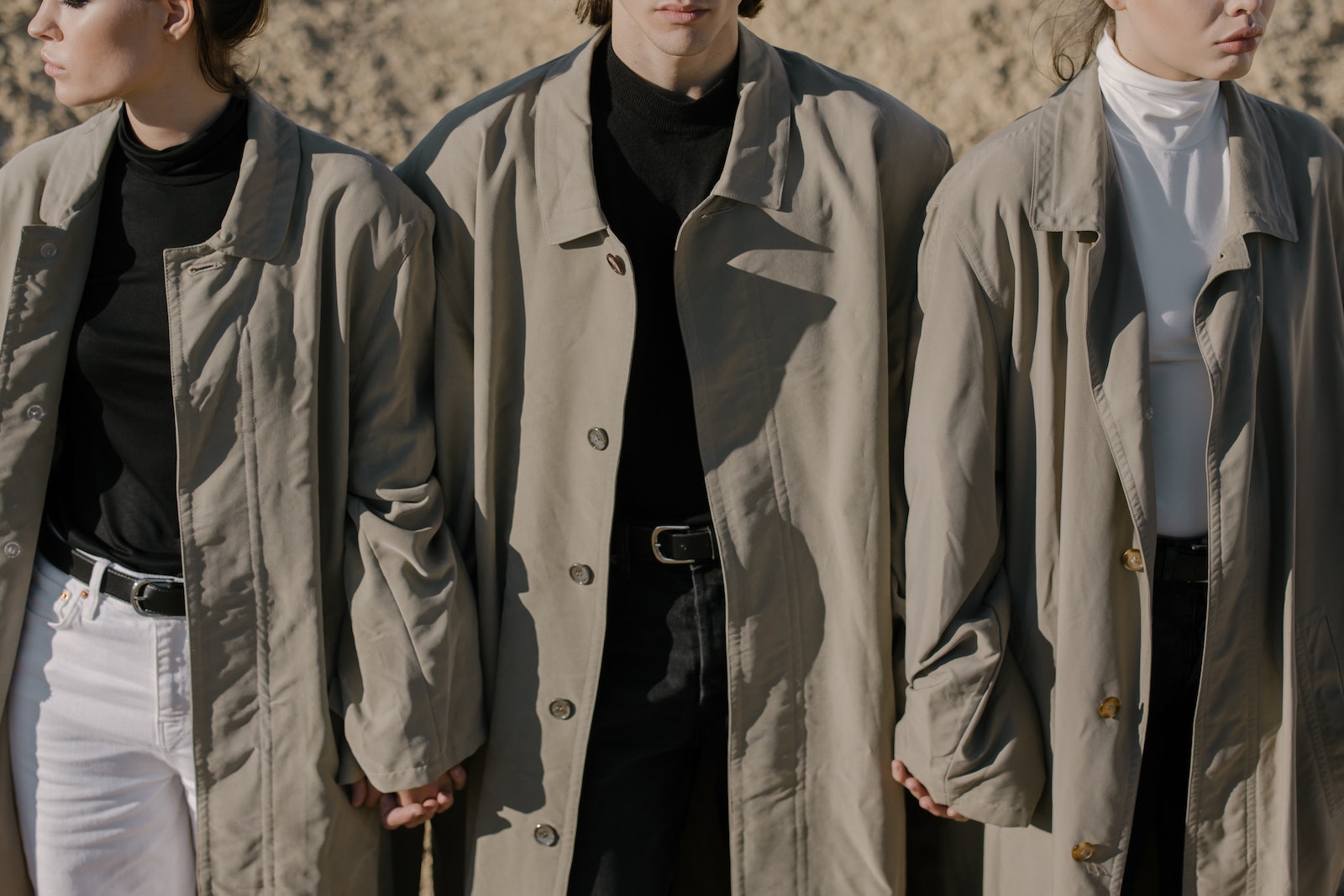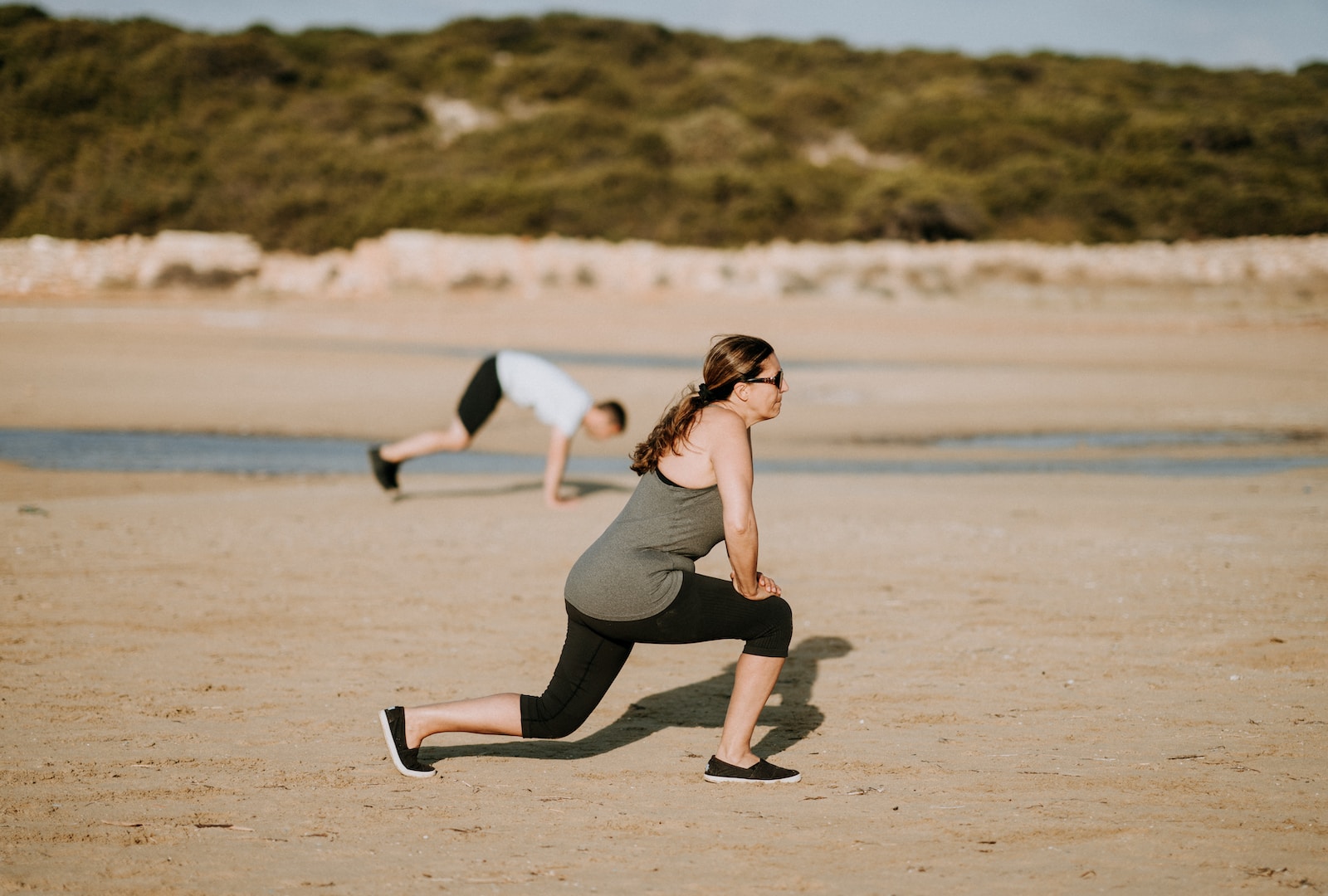Trench coats and overcoats are two popular outerwear options that serve different purposes. While they may appear similar, there are key differences between them that make each suitable for specific weather conditions and occasions. In this article, we will explore the distinctive features, styles, and materials of trench coats and overcoats, helping you understand the difference between them and choose the right one for your needs.
Key Takeaways:
- Trench coats and overcoats are two different types of outerwear
- Trench coats are designed for rain protection while overcoats prioritize insulation
- Trench coats are lighter and require layering for warmth, while overcoats offer more substantial cold weather protection
- Trench coats are typically knee-length or shorter, while overcoats range from knee-length to full-length
- Choosing the right coat depends on the weather conditions and personal style preferences
What is an Overcoat?
An overcoat is an essential outer garment that is designed to be worn over suits and other formal attire. It serves the purpose of providing both style and protection against cold weather. Overcoats are typically made of heavy wool fabric, which is known for its excellent insulation properties. The use of wool ensures that the wearer stays warm and comfortable in chilly temperatures.
Overcoats are generally longer in length compared to other types of coats, often reaching below the knee. This extended length provides comprehensive coverage and helps to keep the wearer’s entire body warm. Additionally, overcoats are known for their classic and sophisticated designs, making them perfect for formal occasions and professional settings.
Due to their heavy construction and high-quality materials, overcoats are generally considered to be a long-lasting investment piece. They are often passed down through generations and continue to be a timeless symbol of elegance and refinement. With their ability to elevate any outfit and provide excellent cold weather protection, overcoats have become a staple in every fashionable individual’s wardrobe.
What is a Trench Coat?
Trench coats are a classic outerwear option that originated from military wear. They were initially designed to be lightweight and water-resistant, making them ideal for wet weather conditions. Trench coats are often recognized for their distinctive features such as epaulets, belted waists, and shorter lengths.
Unlike overcoats, trench coats focus more on protecting the wearer from rain rather than extreme cold. They are typically made from fabrics like gabardine or cotton blends, which provide water resistance while maintaining a stylish look. This makes trench coats suitable for everyday wear, especially during spring or fall seasons when there’s a higher chance of rain.
While trench coats may not offer the same level of insulation as overcoats, they are versatile and can be layered with sweaters or jackets for added warmth in colder temperatures. Their lightweight nature allows for ease of movement, making them a practical choice for both casual and formal occasions.
| Trench Coats | Overcoats |
|---|---|
| Designed for rain protection | Designed for insulation |
| Water-resistant | Heavier in weight |
| Lightweight | Superior protection against cold |
| Shorter lengths | Varying lengths |
| Versatile for everyday wear | More suitable for formal occasions |
“A trench coat is the perfect blend of style and functionality. It offers protection against rain while maintaining a fashionable look.”
Trench Coat vs Overcoat: Understanding the Differences
When it comes to choosing the right coat for your needs, understanding the differences between a trench coat and an overcoat is essential. The key distinctions lie in their intended purposes and construction. Trench coats are designed primarily for rain protection, offering water resistance with their lightweight materials and shorter lengths. On the other hand, overcoats prioritize insulation for colder temperatures, providing more substantial protection against the cold.
Trench coats are ideal for milder weather conditions or areas with frequent rain. Their water-resistant properties make them suitable for keeping you dry during light showers. However, they are not as heavily insulated as overcoats, so layering underneath is often necessary for added warmth in colder climates. Overcoats, on the other hand, excel in harsh winters and colder climates, thanks to their heavier weight and superior insulation.
Another significant difference between trench coats and overcoats is their lengths. Trench coats are typically knee-length or shorter, while overcoats can vary from knee-length to full-length. This distinction gives overcoats an edge when it comes to providing maximum coverage and protection against extreme weather conditions. Trench coats, with their shorter lengths, offer a more versatile and fashionable look, suitable for both formal and casual occasions.
Trench Coat vs Overcoat: A Quick Comparison
| Trench Coat | Overcoat | |
|---|---|---|
| Intended Purpose | Rain protection | Cold weather insulation |
| Weather Protection | Water-resistant | Heavy insulation |
| Layering | Lightweight, requires layering for warmth | Heavier weight, offers substantial warmth |
| Lengths | Knee-length or shorter | Knee-length to full-length |
Understanding the differences between trench coats and overcoats is crucial in selecting the right coat for your specific needs. Consider the weather conditions you frequently encounter and your personal style preferences when making your decision. Ultimately, having both a trench coat and an overcoat in your wardrobe will ensure you’re prepared for a range of weather conditions and occasions, allowing you to stay stylish and comfortable no matter what.
Finding the Perfect Coat for Your Needs
The choice between a trench coat and an overcoat depends on various factors, including the weather conditions you are facing and your personal style preferences. It’s essential to consider these factors to ensure you choose the right coat that meets your specific needs.
Finding the Right Coat for Weather Conditions
- If you live in an area with frequent rain or milder temperatures, a trench coat is the ideal choice. Trench coats are designed to be water-resistant, lightweight, and offer protection against wet weather. They are perfect for those who want a stylish coat that keeps them dry during rain showers.
- On the other hand, if you experience harsh winters or prefer a heavier coat for colder climates, an overcoat would be more suitable. Overcoats are designed to provide insulation and superior protection against the cold. They are typically made of wool fabric, which offers excellent warmth and durability.
It’s worth noting that both trench coats and overcoats can be versatile additions to your wardrobe, suitable for different seasons and occasions. By understanding the differences between these two types of coats, you can make an informed decision when choosing which one to invest in.
Choosing a Coat that Matches Your Style
In addition to weather conditions, personal style preferences should also play a role in your decision-making process. Trench coats often have a sleek and sophisticated look, making them suitable for both casual and formal occasions.
“A trench coat is a timeless and versatile piece that can effortlessly elevate any outfit. It adds a touch of elegance and sophistication while providing practicality in unpredictable weather.” – Fashion Expert
On the other hand, overcoats exude a classic and refined aesthetic, perfect for formal and professional settings. They pair well with suits and can add a touch of elegance to any outfit.
Wardrobe Essentials: Trench Coat and Overcoat
Ultimately, having both a trench coat and an overcoat in your wardrobe can ensure you’re prepared for a range of weather conditions and occasions. These timeless staples offer functionality, style, and versatility, making them worthy investments for any fashion-conscious individual.
With the right coat in your collection, you can stay comfortable and stylish, no matter the weather.
Conclusion
In conclusion, trench coats and overcoats are both wardrobe staples that offer distinct benefits and serve different purposes. Trench coats are designed to protect against rain and provide a lightweight outer layer, while overcoats prioritize insulation for colder weather conditions. Whether you opt for a trench coat or an overcoat depends on the specific weather conditions you face and your personal style preferences.
For those residing in areas with frequent rain or milder temperatures, a trench coat would be the ideal choice. Its water-resistant properties and lighter weight make it perfect for staying dry without overheating. On the other hand, if you experience harsh winters or prefer a heavier coat for colder climates, an overcoat is the way to go. Its wool fabric and insulation provide superior warmth and protection against cold temperatures.
When building a well-rounded wardrobe, it’s advisable to have both a trench coat and an overcoat. This way, you’re prepared for a range of weather conditions and occasions. By understanding the differences between trench coats and overcoats, you can make an informed decision and select the right coat for your needs.
In summary, both trench coats and overcoats are timeless wardrobe staples that offer functionality and style. They can elevate your look while keeping you comfortable and protected in various weather conditions. So whether you’re bracing the rain or bundling up for winter, these coat options are essential additions to any fashion-savvy individual’s wardrobe.
FAQ
What is the difference between a trench coat and an overcoat?
Trench coats are designed primarily for rain protection and are lighter in weight, while overcoats prioritize insulation for colder temperatures.
What is an overcoat?
An overcoat is an outer garment designed to be worn over clothing, particularly suits. It is made of wool fabric and provides superior protection against cold temperatures.
What is a trench coat?
A trench coat was initially developed for military wear but has evolved into a fashionable raincoat. It is designed to be water-resistant and lightweight.
How do trench coats and overcoats differ in terms of weather protection?
Trench coats offer water resistance and are suitable for rain protection, while overcoats provide insulation for colder weather conditions.
Do trench coats and overcoats have different lengths?
Yes, trench coats are typically knee-length or shorter, while overcoats range from knee-length to full-length.
How do I choose the right coat for my needs?
The choice between a trench coat and an overcoat depends on the weather conditions you are facing and your personal style preferences.
Can I wear a trench coat in colder climates?
Trench coats are lighter and often require layering underneath for warmth, so they may not provide enough insulation for harsh winters.
Are trench coats and overcoats wardrobe essentials?
Yes, both trench coats and overcoats are timeless wardrobe staples that can elevate your style while keeping you comfortable in various weather conditions.



